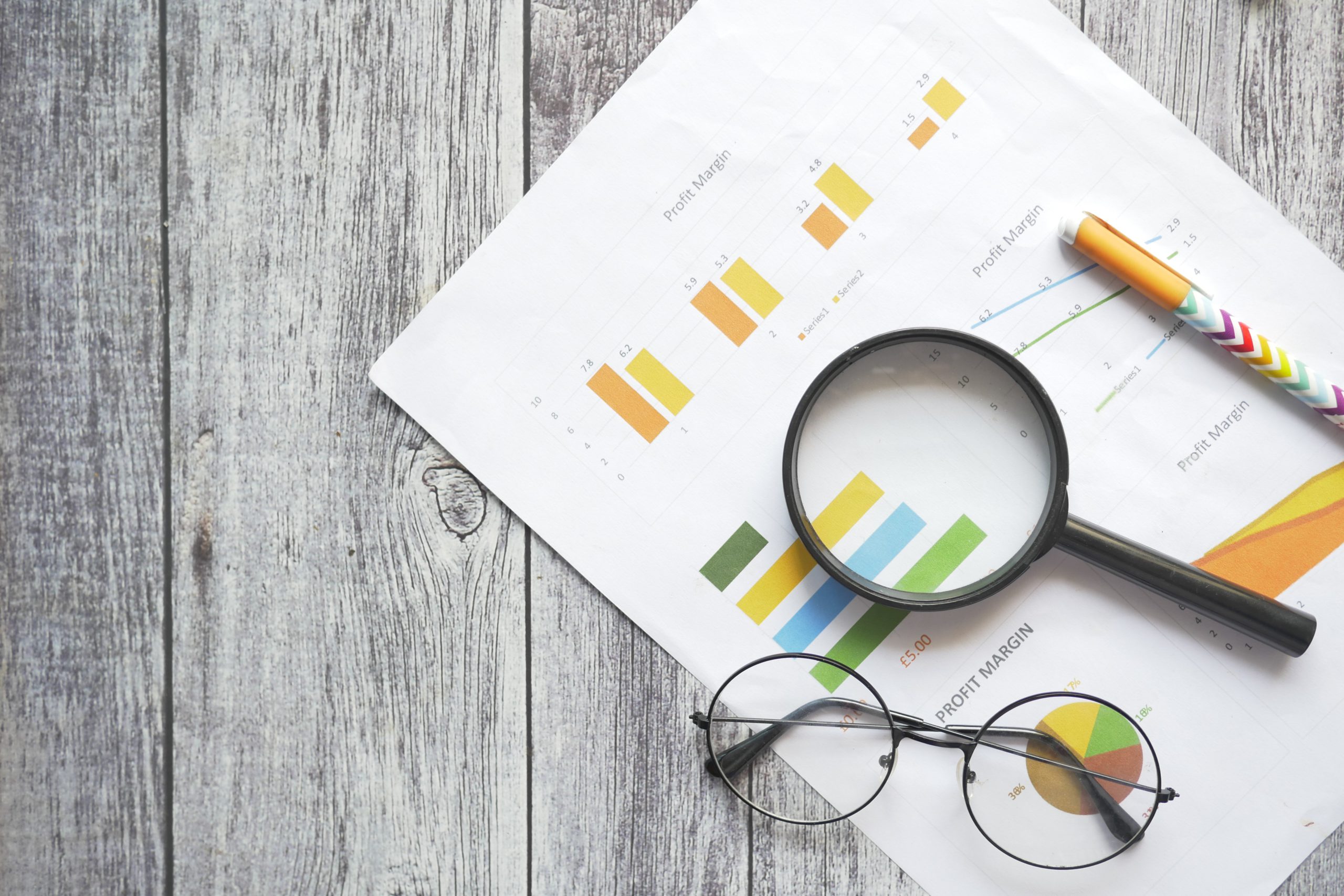Wanting to buy commercial property? First read this!
Like many issues in real estate investing, the debate on whether it is far better to invest in residential over commercial properties continually divides investors.
Proponents of investing in residential say it is the least risky alternative, while those that are in favour of commercial would argue that commercial is safer because of its cash flow possibilities.
Smart investors of course do not pick between the two: they look at both to see how it could fit their portfolio.
The case for investing in commercial real estate now
Higher yields on investment
The average rental yield for residential properties across Australia’s capital cities is 3.6% according to CoreLogic RP Data. By comparison, it’s not unusual to get anywhere between 8% and 12% gross rental return for commercial properties.
Longer leases
Though a residential property can turn over every 6 to 12 months, a commercial tenancy could be anywhere between 3 and 10 years. Tenants also tend to stay longer particularly when they have invested some funds customising the premises.
No rates or other outgoings
Unlike residential properties where landlords are liable for paying rates, such as council, water and body corporate, commercial tenants cover these outgoings for you.
Smaller deposits
Commercial properties are generally lower priced compared to residential properties so you want a smaller capital outlay. By way of instance, a car park can cost as little as $80,000 compared to $400,000 for a little bed-sitter. Investing in commercial property may be an excellent way to enter the market sooner rather than saving for a residential property investment.
What are the dangers?
While commercial real estate looks appealing on paper, you will find potential risks you will need to know about before investing.
Commercial Properties are sensitive to economic conditions
When the economy is strong, businesses thrive and as such the interest for commercial properties rises. Conversely, when there is an economic downturn, demand for commercial properties usually falls.
It takes longer to locate a tenant after it becomes empty
 While commercial properties bring long-term leases of 3 to 4 years or longer, it can take more time to get a tenant. It’s not unusual for commercial properties to have extended vacancies, so you’ll have to cover all of the cost in this time.
While commercial properties bring long-term leases of 3 to 4 years or longer, it can take more time to get a tenant. It’s not unusual for commercial properties to have extended vacancies, so you’ll have to cover all of the cost in this time.
It’s vulnerable to changes in supply
Changes in supply conditions can cause potential problems for investors. An increase in new property coming on the market in the same region threatens existing tenancies as renters might look to expand or upgrade. Strong supply may also reduce potential yields.
Changes in infrastructure in the region could be detrimental
While infrastructure changes in the region can attract commercial investments there, it may also lure tenants away from existing areas and older commercial properties. This could cause your property to become vacant.
Values can fall sharply
The value of commercial properties closely correlates with the lease on that property. If a commercial property becomes empty, or the lease is about to expire, the value of this property would generally be expected to drop. By comparison, any cost falls related to residential properties are generally less dramatic and typically happen progressively over a longer time period.
So, should you purchase residential or commercial?
It depends where you are currently in your portfolio. If you’re looking to diversify and need a cash flow shot, a well-located commercial property may be a great addition. Just make sure you do thorough due diligence and know the risks involved.













